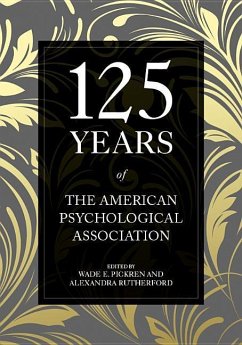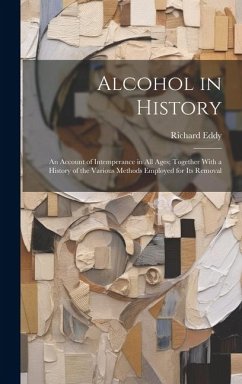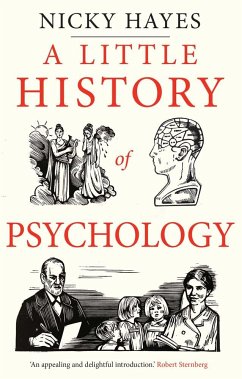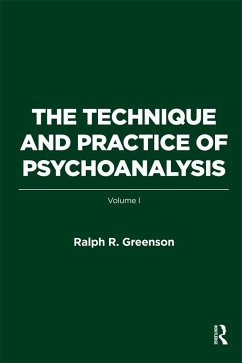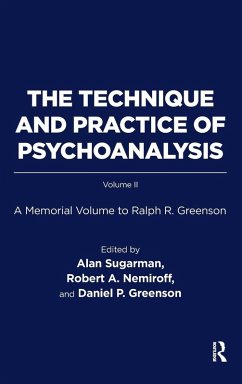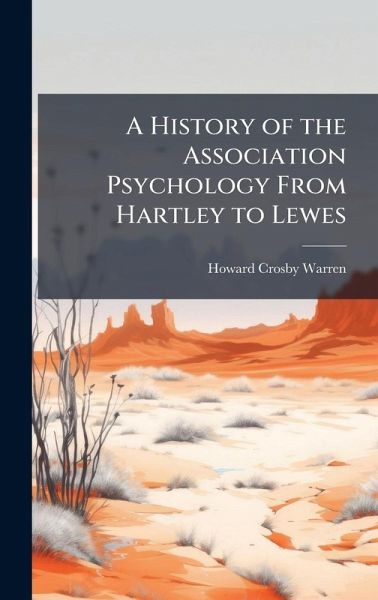
A History of the Association Psychology From Hartley to Lewes
Versandkostenfrei!
Versandfertig in über 4 Wochen
29,99 €
inkl. MwSt.
Weitere Ausgaben:

PAYBACK Punkte
15 °P sammeln!
"A History of the Association Psychology From Hartley to Lewes" (1921) delves into the historical roots and development of association psychology, tracing its evolution from the foundational ideas of David Hartley to the contributions of George Henry Lewes. This work provides a detailed examination of how early psychological theories concerning the association of ideas shaped the field's understanding of the mind and behavior. Howard Crosby Warren meticulously explores the philosophical and scientific influences that propelled the associationist movement, highlighting key figures and their imp...
"A History of the Association Psychology From Hartley to Lewes" (1921) delves into the historical roots and development of association psychology, tracing its evolution from the foundational ideas of David Hartley to the contributions of George Henry Lewes. This work provides a detailed examination of how early psychological theories concerning the association of ideas shaped the field's understanding of the mind and behavior. Howard Crosby Warren meticulously explores the philosophical and scientific influences that propelled the associationist movement, highlighting key figures and their impact on subsequent psychological thought. The book is an invaluable resource for students and scholars interested in the history of psychology, cognitive science, and the philosophy of mind. It offers insights into the origins of modern psychological concepts and the debates that defined the discipline's early years. This historical account remains relevant for understanding the ongoing quest to unravel the complexities of the human mind. This work has been selected by scholars as being culturally important, and is part of the knowledge base of civilization as we know it. This work was reproduced from the original artifact, and remains as true to the original work as possible. Therefore, you will see the original copyright references, library stamps (as most of these works have been housed in our most important libraries around the world), and other notations in the work. This work is in the public domain in the United States of America, and possibly other nations. Within the United States, you may freely copy and distribute this work, as no entity (individual or corporate) has a copyright on the body of the work. As a reproduction of a historical artifact, this work may contain missing or blurred pages, poor pictures, errant marks, etc. Scholars believe, and we concur, that this work is important enough to be preserved, reproduced, and made generally available to the public. We appreciate your support of the preservation process, and thank you for being an important part of keeping this knowledge alive and relevant.




